Guns or Butter? Total War: Warhammer II
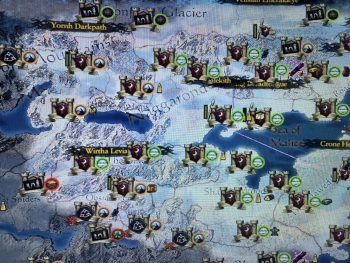 I came to Total War way back when, through TW: Rome. Arriving in 2004, it was the third game in the TW series, after Shogun, and Medieval. I liked it, though I wasn’t addicted – as I was to many games back then. But it was fun marshaling armies, and then marching them out to crush your enemies. I talked about it a little bit a few weeks ago in my RTS overview (man, Myth: The Fallen Lords was such a great game!).
I came to Total War way back when, through TW: Rome. Arriving in 2004, it was the third game in the TW series, after Shogun, and Medieval. I liked it, though I wasn’t addicted – as I was to many games back then. But it was fun marshaling armies, and then marching them out to crush your enemies. I talked about it a little bit a few weeks ago in my RTS overview (man, Myth: The Fallen Lords was such a great game!).
Sort of the “What is best in life?” response from the first Conan movie with Ah-nuld:
“To crush your enemies, see them driven before you, and to hear the lamentations of their women.”
There have been over a dozen incarnations, with the Egyptian-themed Pharaoh just dropping in 2023. What I’d LOOOOOVE, is for them to get the license from the Tolkien Estate and do TW: Middle Earth. I enjoyed Battle for Middle Earth I (never played II). But even a decently-done TW: Middle Earth would be FANTASTIC!!!!
Anywhoo. I’ve never done the Warhammer thing, but TW: Warhammer I came out in 2016. And TW: Warhammer II followed the next year. WH II has become the rabbit hole I periodically jump down. This game is — as my buddy Tony dubbed Diablo II long ago — electronic crack.
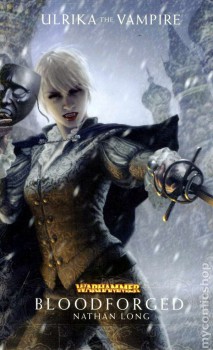 This week Black Gate picks up where we left off in
This week Black Gate picks up where we left off in  Nathan Long is a novelist best known for his work in the Warhammer universe, most notably for his Black Hearts series and Ulrika the Vampire series, as well as penning the new adventures of the classic Warhammer duo, Gotrek & Felix. Recently, Nathan’s
Nathan Long is a novelist best known for his work in the Warhammer universe, most notably for his Black Hearts series and Ulrika the Vampire series, as well as penning the new adventures of the classic Warhammer duo, Gotrek & Felix. Recently, Nathan’s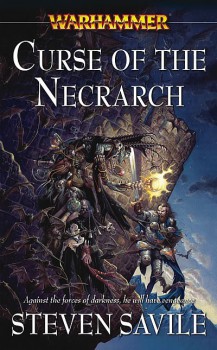 Curse of the Necrarch
Curse of the Necrarch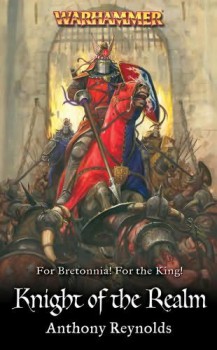 Knight of the Realm
Knight of the Realm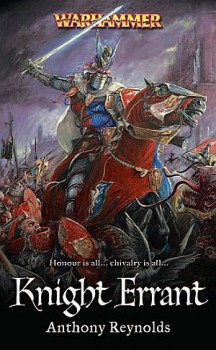 Knight Errant
Knight Errant